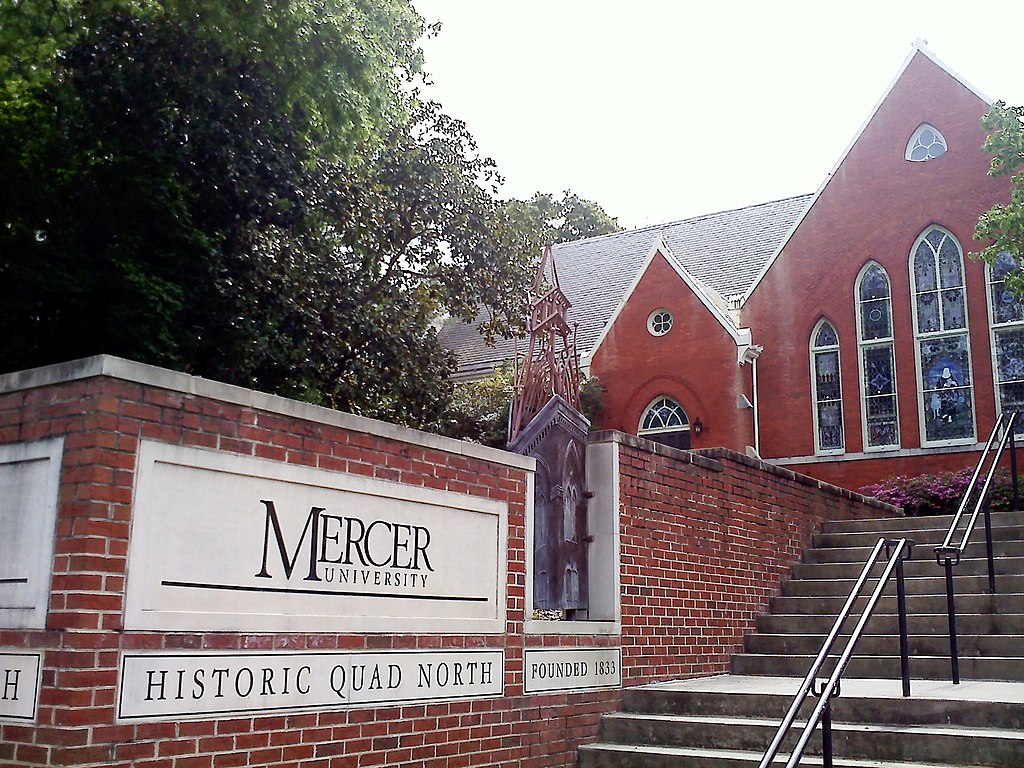By Elliott Brack
Editor and Publisher, GwinnettForum
MARCH 22, 2024 | Watching the basketball conference playoffs last weekend, you saw a lot of big-time state universities doing well, but also saw some well-known powerhouse teams from smaller colleges. We recognized something: how most of our nation’s colleges and universities were founded not by government, but by our churches.
![]() At least one third of the schools in this week’s men’s NCAA basketball tournament come from smaller, church-affiliated institutions. And some of them are ranked teams in the tournament: Duke, Creighton, Brigham Young, Baylor, St. Marys, Dayton, Marquette and Gonzaga.
At least one third of the schools in this week’s men’s NCAA basketball tournament come from smaller, church-affiliated institutions. And some of them are ranked teams in the tournament: Duke, Creighton, Brigham Young, Baylor, St. Marys, Dayton, Marquette and Gonzaga.
Many smaller church-affiliated teams draw attention far bigger than their enrollments. A smart college president can tell his athletic director he has so many scholarships to recruit key high school players. Then with a core of good players, these guys (or gals) can put that university on the map.
We remember when Bill Underwood became president of Mercer University in 2006, after being the interim president at Baylor University. He recognized what Baylor had done with its basketball team: giving a few really good players scholarships that made Baylor a basketball powerhouse. And several years later, with a good coach and a few key players, Mercer made it to the NCAA tournament for the first time. Remember: in 2014, NCAA number 14 Mercer upset Duke, 78-71!
Look at this year: another Baptist school, Stetson in Florida, which an enrollment of 2,561 undergraduate students, and a 23-12 record. This year it won the Atlantic Sun conference title, which gave them an automatic berth for the first time in the March Madness, and played the number one team in the NCAA East, Tennessee. Again, NCAA tournaments are where the smaller teams compete successfully against a higher ranked team, and from time to time upset the applecart. Last year Purdue, a number one, was knocked out of the tournament in the first round against Fairleigh Dickinson, ranked number 16, by a 63-58 score.
In the beginning, most universities in our country were established as institutions of faith. These colonial colleges, such as Harvard, Yale and Dartmouth (Puritan), College of William and Mary (Church of England), Princeton (Presbyterian), and Rutgers University (Dutch Reformed), were Christian schools in mission.
Seeking more detail, from the Internet, we compiled a list of key institutions of higher learning and their founding church. Check out the (limited) list of colleges begun by our various denominations. The Catholics have begun the most colleges (241), while the most Protestant colleges were started by the Methodists (107). CLICK HERE to see that list.
Jump back to 1862, when Congress recognized the need for the teaching of agriculture, military tactics and the mechanic arts, as well as classical studies, so members of the working classes could obtain a liberal, practical education. This led to the passage of the Morrill Land Grant Act. This law gave states public lands provided the lands be sold or used for profit and the proceeds used to establish one college—hence, land grant colleges—that would teach agriculture and the mechanical arts. From this we get key state colleges, such as Georgia, Auburn, Iowa State, etc. Soon states were also establishing geographical colleges to serve other areas of their states, or starting engineering schools. Many of these are key NCAA schools today.
Now, sit back and enjoy the NCAA basketball tournaments, this March Madness.
- Have a comment? Send to: elliott@brack.net










Follow Us